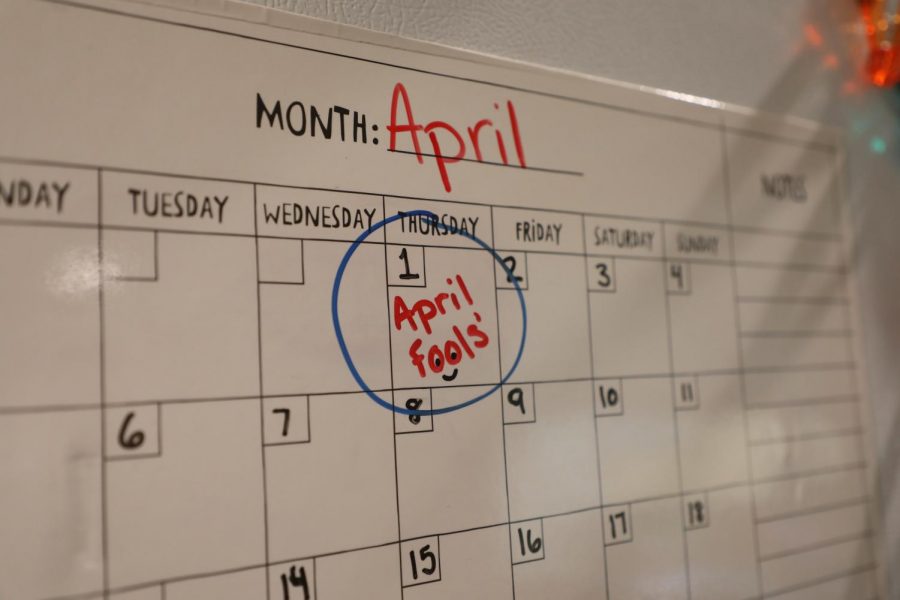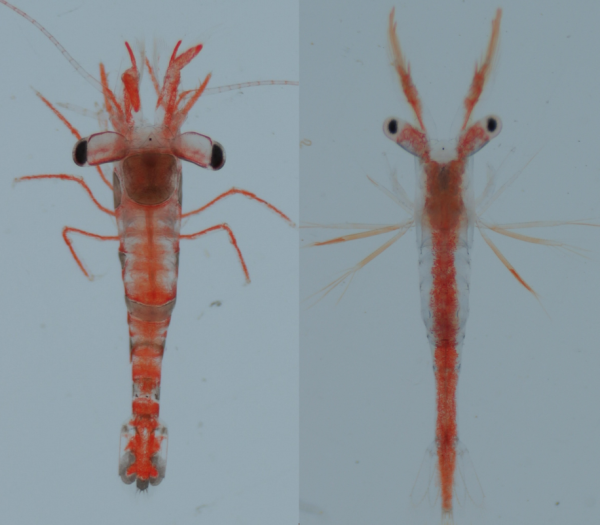The foolish origins of April Fools’ Day
With April Fools’ Day quickly approaching, students should prepare for a day of practical jokes.
With April quickly approaching, it is time to prepare for the annual April Fools’ Day. Full of practical jokes and pranks, the holiday is full of fun for anyone to partake in. But hijinks are not the only things this day consists of. There is a mystery surrounding its origin.
It has been speculated that April Fools’ Day dates all the way back to 1582, which is the year France switched from the Julian calendar to the Gregorian calendar. In the Julian calendar, the new year began with the spring equinox, which was around April 1.
Many people during that time did not seem to get the memo about the new year starting on Jan. 1. As a result, they continued to celebrate the new year at the beginning of spring. They were made fun of and pranked on by everyone else, earning the title of “April fools.”
One of these pranks included having paper fish placed on the backs of unsuspecting fools and referring to them as “poisson d’avril” or “April fish.” It allegedly was to symbolize how these gullible people were comparable to young, easily-caught fish.
April Fools’ Day has also been linked to other festivals, including Hilaria, which was celebrated in ancient Rome at the end of March. Cult followers of Cybele took part in this celebration, dressing up in disguises and mocking citizens and authority figures alike throughout the day.
During the 18th century, April Fools’ Day spread throughout Britain. In Scotland, the holiday became a two-day event. On the first day, which was traditionally called Huntigowk Day, people would “hunt the gowk,” or send others on phony errands. The term “gowk” referred to a cuckoo bird, which is also a symbol for a fool.
The next day, traditionally called Tailie Day, pranks would be pulled, especially in regards to a person’s derrieres or buttocks. Pranksters would pin things on others, such as fake tails or signs that read “kick me.”
Times have not changed much since then. In modern day, people have created elaborate April Fools’ Day pranks. With access to social media now, pranksters try to pull ultimate hoaxes to garner attention.
April Fools’ Day is a day to cause mischief, no matter what the exact origins are. After centuries of pulling pranks on one another, there is no sign of people stopping this tradition any time soon.
Emily Dvareckas graduated from RWU in 2022 with a degree in forensic science. She spent three years with The Hawks’ Herald as the photo editor...







